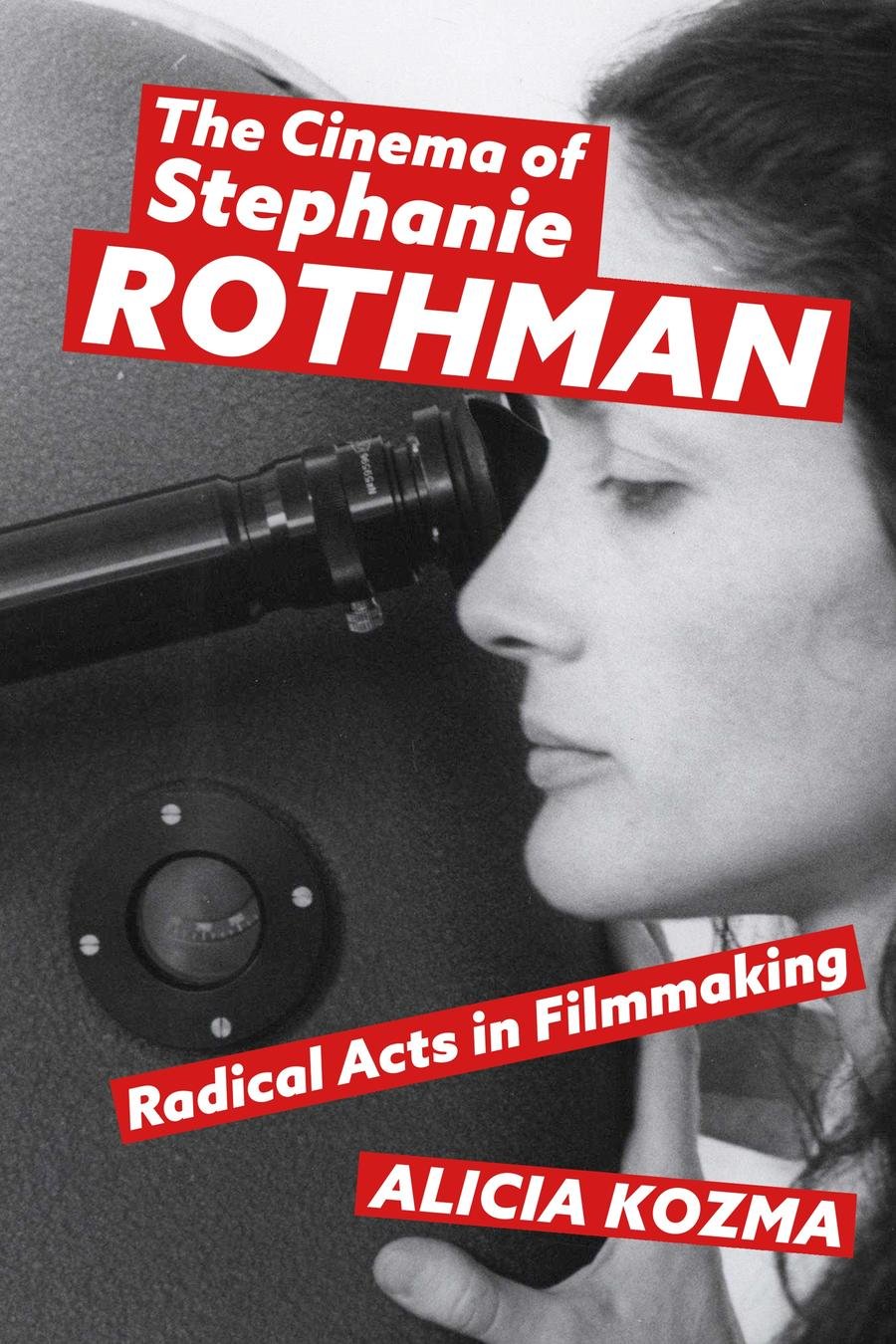-

Research
-

Publications
-

Pedagogy
-

Programming
-

News
-

Read
An examination of one of the only women filmmakers working in second-wave exploitation.
“Thanks to Kozma’s interventionist scholarship, we can now set the record straight on filmmaker Stephanie Rothman, a woman whose discriminatory experiences in the film industry give lie to the idea of parity as the ultimate solution to the systemic sexism and misogyny women faced and continue to face at all levels in the profession.”
“This is deep dive into Stephanie Rothman’s career as a director and oft-forgotten groundbreaking visionary of 1970s indie filmmaking illuminates the intersection of economic justice and progressive filmmaking.”
“Adopting a diverse methodological approach, ‘The Cinema of Stephanie Rothman’ reveals the problems and successes of the memorialization of women’s directorial labor, connecting historical and contemporary patterns of gendered labor disparity in the film industry.”
